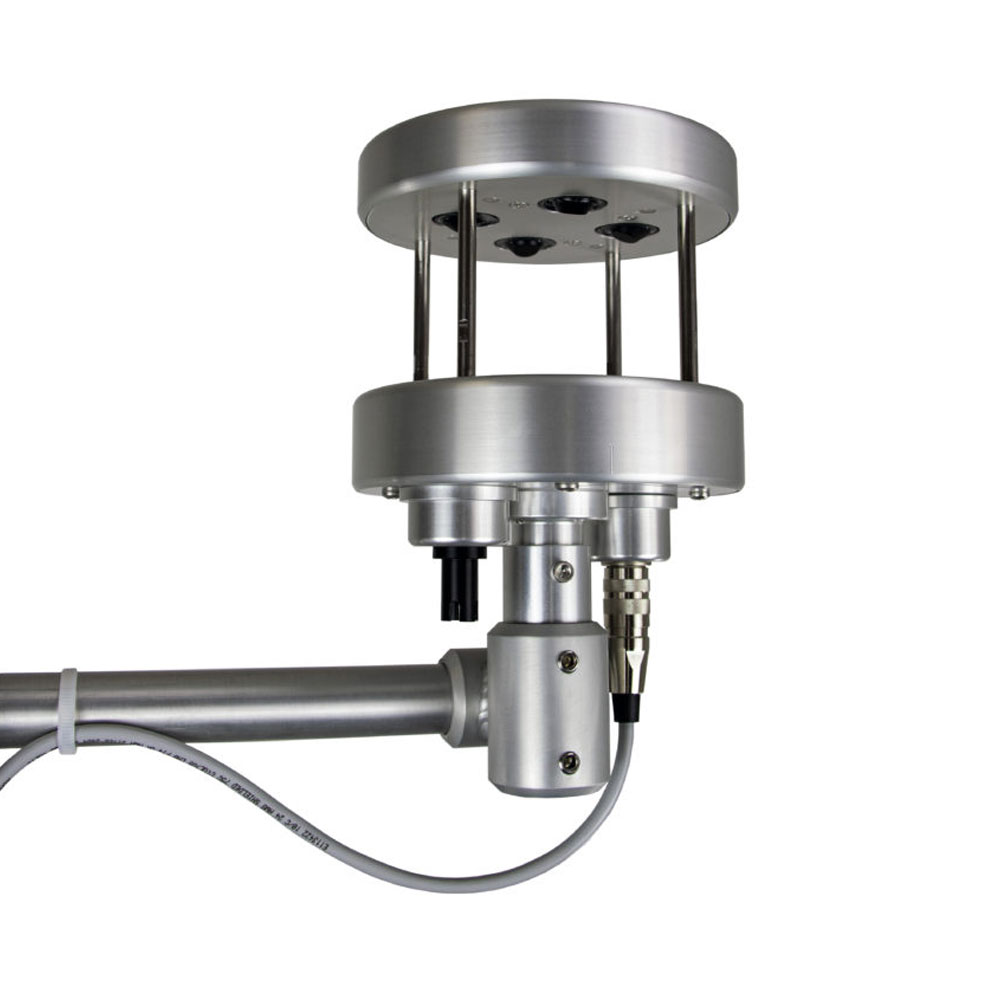Picking the Right Anemometer: A Comprehensive Acquiring Overview
All You Required to Learn About Anemometers: Just How They Work, Why They Issue, and Where to Use Them
Anemometers, however usually neglected in the world of scientific tools, play an essential duty in numerous fields, using valuable insights into wind speed and air flow patterns. As we dig right into the details of anemometer innovation, we will discover the inner functions of these gadgets, their relevance, and the vital considerations when choosing the ideal anemometer for certain applications.

Anemometer Essentials
An essential tool used to gauge wind rate and direction, the anemometer plays a critical function in weather forecasting and various sectors. An anemometer usually is composed of 3 or four mugs that rotate in the wind, a vane that directs right into the wind, and sensors to track the turnings or movements.
There are numerous types of anemometers readily available, consisting of cup anemometers, vane anemometers, hot-wire anemometers, and sonic anemometers, each with its one-of-a-kind functions and applications. Mug anemometers are commonly utilized for standard wind speed measurements, while vane anemometers are liked for directional measurements. Hot-wire anemometers are suitable for low airspeeds, and sonic anemometers are ideal for high-precision measurements in research and commercial setups. Understanding the fundamentals of anemometers is necessary for accurate wind data collection and analysis throughout different industries.
Principles of Anemometer Procedure
Building on the fundamental understanding of anemometer fundamentals, the principles of anemometer procedure clarify the auto mechanics behind wind speed and instructions measurements. Cup anemometers, for circumstances, have three or even more cups that capture the wind, creating them to rotate faster as the wind rate boosts. Hot-wire anemometers rely on a warmed cable that cools down as wind passes over it, with the rate of cooling down figuring out the wind speed.
Value of Anemometers
The relevance of anemometers in weather forecasting and different industries can not be overemphasized. Anemometers play a vital function in gauging wind speed and instructions, offering essential information for climate forecasting, environment researches, ecological monitoring, and aeronautics operations. Meteorologists depend on anemometers to collect precise wind data, helping them understand climate patterns, anticipate tornados, and issue timely cautions to the public. In markets such as construction, agriculture, renewable power, and maritime operations, anemometers are used to enhance procedures, guarantee safety and security, and enhance effectiveness. As an example, wind farm operators use anemometers to evaluate wind problems and maximize electrical energy production from wind turbines. In the maritime market, anemometers help ship navigating by providing real-time wind information to captains, assisting them weblink make notified choices to make certain safe voyages. In general, anemometers are vital devices that add significantly to safety, efficiency, and notified decision-making in meteorology and a large array of sectors.
Applications Throughout Different Industries
In the sustainable energy industry, Visit This Link anemometers play a critical duty in analyzing wind problems for wind ranch positionings, making sure optimum power manufacturing. Industries like building and mining use anemometers to keep an eye on wind speeds, vital for security procedures, particularly when working at heights or in open-pit mines where solid winds can present hazards. In agriculture, anemometers aid farmers in taking care of plant splashing by offering real-time data on wind rate to stay clear of drift.

Choosing the Right Anemometer for Your Requirements
Selecting the proper anemometer customized to your specific requirements is vital for acquiring precise wind rate and direction dimensions. When selecting an anemometer, consider elements such as the intended application, needed measurement range, environmental conditions, and wanted functions. For basic objectives, a cup anemometer appropriates for gauging wind speed, while a vane anemometer offers wind direction information. Hot-wire anemometers are ideal for reduced airspeed dimensions, and ultrasonic anemometers use high precision and longevity.

Verdict
In verdict, anemometers play an essential duty in determining wind rate and instructions throughout numerous markets. Understanding the principles of anemometer procedure is vital for picking the appropriate gadget for particular needs. From weather forecasting to aviation, anemometers are essential devices for making certain and gathering precise information safety and security in different applications. When picking the most suitable tool for determining wind problems., it is crucial to take into consideration the relevance of anemometers in order to make informed choices.
There are numerous kinds of anemometers available, including cup anemometers, vane anemometers, hot-wire anemometers, and sonic anemometers, each with its special attributes and applications. Mug anemometers are commonly utilized for fundamental wind speed dimensions, while vane anemometers are favored for directional dimensions. Hot-wire anemometers are suitable for low airspeeds, and sonic anemometers are perfect for high-precision measurements in research study and commercial setups.Structure on the fundamental understanding of anemometer fundamentals, the concepts of anemometer procedure illuminate the auto mechanics behind wind rate and instructions measurements. For general functions, a cup anemometer is appropriate for determining wind speed, while a vane anemometer offers wind direction data.